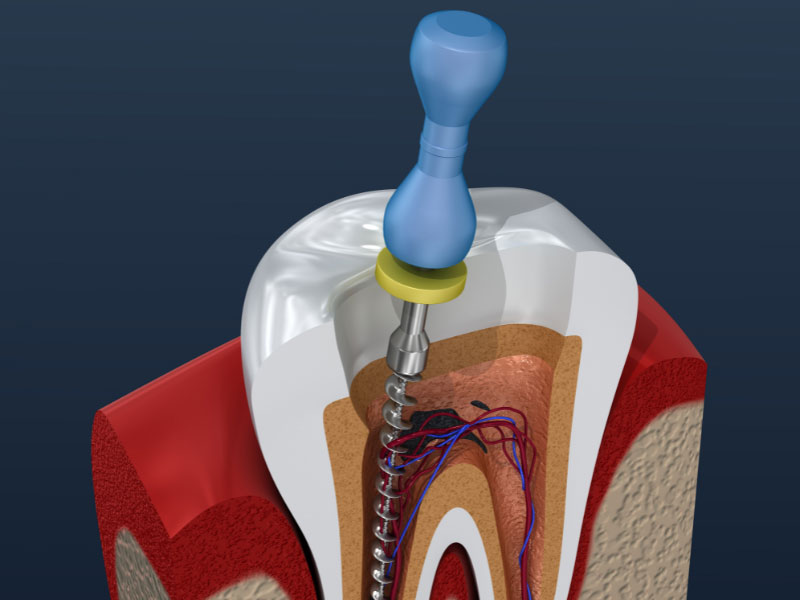Root Canals Don't Have to Be Scary. This Is What Really Happens.

People often get anxious when they hear the words "root canal," but they shouldn't anymore. The scary stories you might have heard about root canals in the past are not true at all. It's a simple surgery that will help your teeth and keep you from having a lot of pain in the future.
This tutorial will explain what to expect and why a root canal is frequently the best option whether you've been advised you need one or are just interested about how it works.
First, What Does a Root Canal Mean?
The soft center of each tooth is called pulp. It is full with nerves and blood vessels. If the area is infected from decay, cracks, or an injury, it will hurt and swell. A root canal gets rid of the infection inside the tooth, cleans and closes the area, and helps you preserve your original tooth instead of losing it.
When to Think About Getting a Root Canal
You don't have to be in a lot of pain to require one, but here are some symptoms to look for:
· A deep, throbbing pain in your jaw or tooth
· You can't get rid of your sensitivity to hot or cold
· Swelling around your jaw or gums
· Chewing hurts
· A tooth that looks gray or dark
If you've had any of these things happen to you, especially for more than a few of days, you should get them looked out.
How the Appointment Will Go
Even though some think they are, a root canal isn't that different from getting a filling. This is how it normally goes:
· You can't feel anything in the area since it's numb
· Your tooth has a little hole in it
· The dentist takes out the diseased pulp
· The area is cleaned and filled up so that problems don't happen again
· In most situations, a crown is put on the tooth later to make it stronger
The whole visit usually lasts approximately an hour, but some people may need to come back later.
Will It Hurt?
This is the most important question, and the answer might surprise you. A lot of folks say that the root canal itself doesn't hurt. The virus that caused it hurts. The pain normally goes away after the infection is treated. It's typical to feel some pain following the treatment, but it's usually moderate and goes gone in a day or two.
Afterward, How to Take Care of the Tooth
After your root canal, try not to chew on that side until a permanent crown or filling is put in. You should:
· Keep brushing and flossing like you always do
· Don't eat things that are sticky or hard for a few days
· If you need to, take any medicine that has been prescribed to you
Your tooth will be safe and feel natural again once the crown is in place.
Why It's Worth Doing
People may think that root canals are scary, but they do more good than they know. They let you:
· Keep your real tooth
· Don't let neighboring teeth move about
· Keep your normal ability to bite and chew
· Stop infections from happening again
Saving your tooth now can keep you from having to have more complicated (and costly) dental work later on.
When to Take Action
Don't ignore it if you have dental ache that won't go away or something doesn't seem right. The sooner you deal with the problem, the easier and more successful the solution will be.
Let's Talk About Your Tooth
Still not sure? That's very natural. But you don't have to do it by yourself.
Call us today to make an appointment.
We'll show you everything, answer your questions, and help you get your smile back to being healthy and pain-free.

